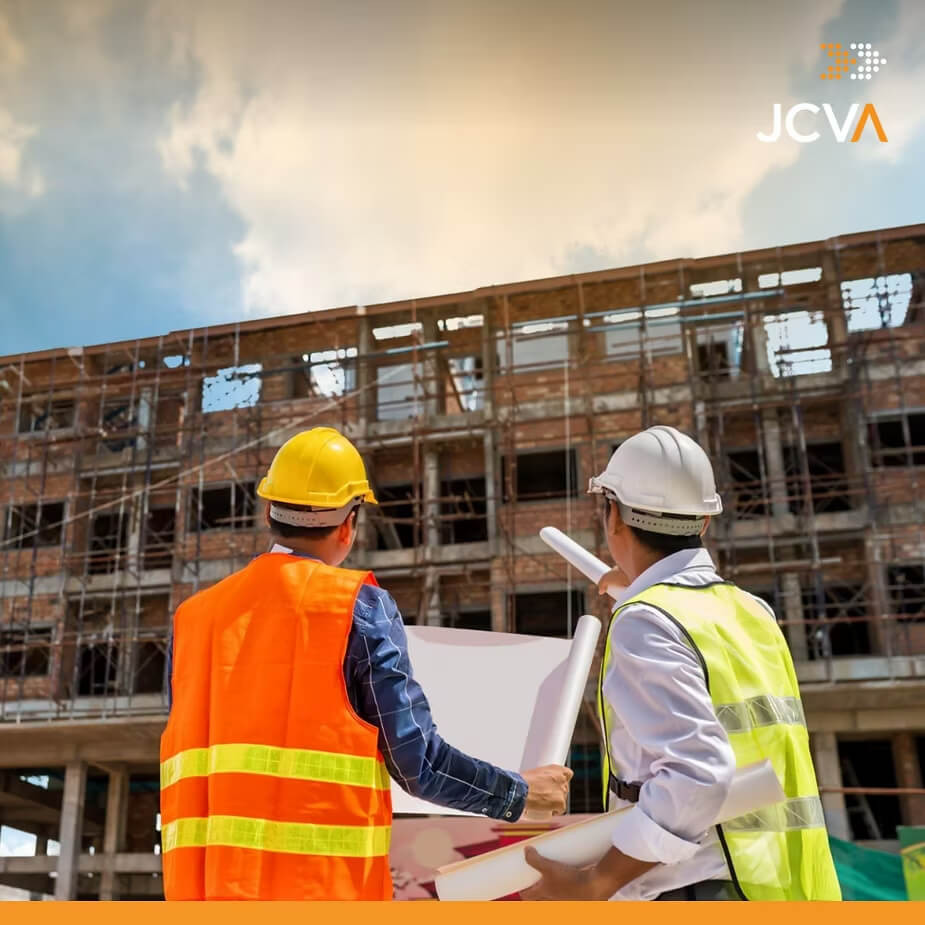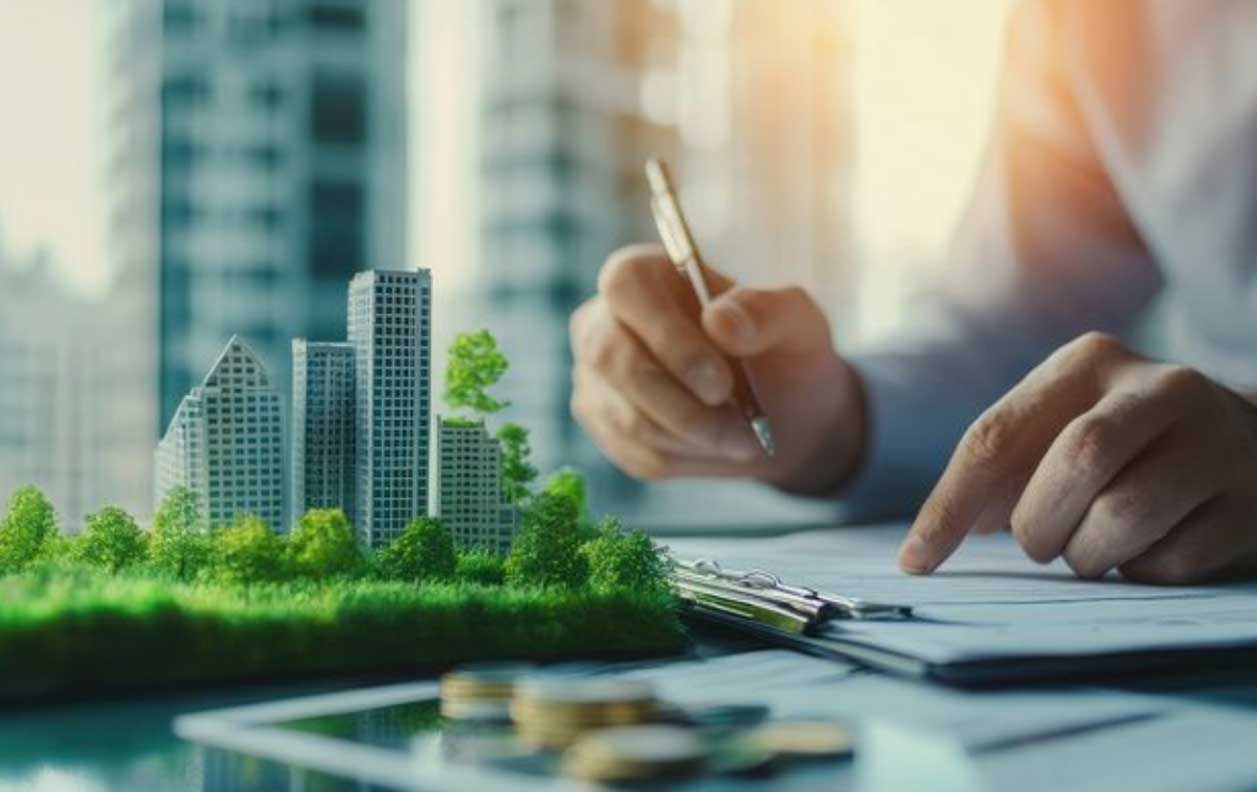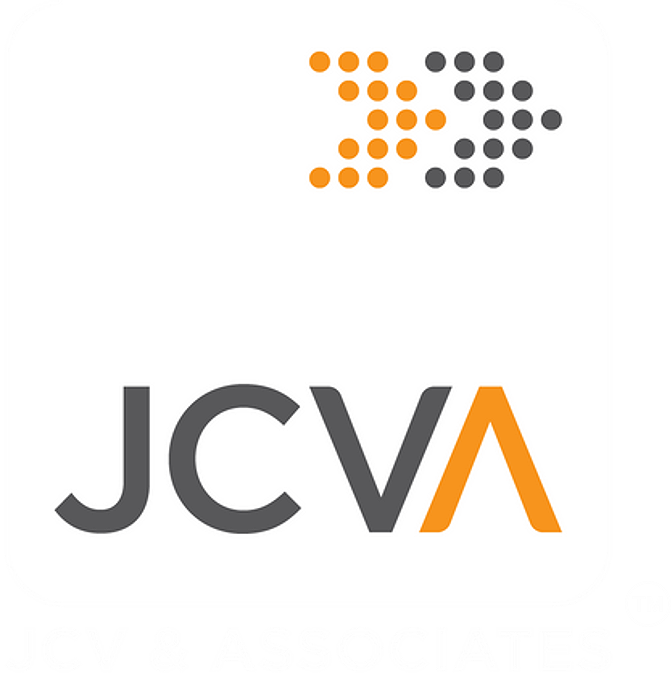
The Philippines, an archipelago nestled in the heart of Southeast Asia, finds itself in a unique geographical position that makes it vulnerable to geological and meteorological threats. From its location within the Pacific Ring of Fire, predisposing it to frequent earthquakes, to its frontline position against the annual barrage of typhoons, the nation faces multifaceted challenges that underscore the importance of resiliency, especially in terms of infrastructure.
Resilient construction refers to the design and execution of buildings and infrastructures that are strong enough to withstand extreme environmental events, such as earthquakes, typhoons, and floods. Such construction techniques prioritize durability, flexibility, and the capacity to recover quickly from potential damages, ensuring safety and longevity.
This type of robust construction has become essential for the Philippine construction industry as the country is located within the Pacific Ring of Fire and is regularly battered by some of the world’s strongest typhoons. With its dense population centers and vital economic hubs, the Philippines benefits immensely from adopting and promoting resilient construction practices.
When construction consultancy firms in the Philippines incorporate resilient building practices, they will be able to safeguard the country’s citizens and ensure the continuity of the Philippines’ economic activities in the face of escalating climate change challenges and geological threats.
The BRI (Building Resiliency Index) has been introduced in the Philippines to further solidify the local construction industry’s testament to resiliency. This innovative, web-based tool equips financiers with essential data for evaluating and addressing potential disaster risks associated with real estate projects. The index has three assessments: analyzing past disasters in the project vicinity, pinpointing specific hazards, and assessing risk management strategies. It employs a 5-tier grading system, ranging from A+ to R, to categorize and rate buildings and projects throughout the country.
Before this, the Philippine Institute of Volcanology and Seismology (Phivolcs) launched a software called “How Safe is My House?,” which can help construction management firms determine whether a structure adheres to standard building codes and can endure an intensity VIII earthquake. Users can quickly secure an evaluation from the app by answering 12 questions regarding the building’s year of construction, underlying soil conditions, foundational type, architectural shape, and materials utilized.
Furthermore, Phivolcs had previously in 2016 launched the FaultFinder app. This platform grants users insights into the active fault lines spanning Metro Manila and beyond, displaying proximity to these seismic threats. It proves invaluable for property seekers, enabling them to gauge safe distances from potential earthquake sources in their chosen locales.
Behind this initiative were several vital collaborators, including the Department of Science and Technology, the Geological Survey of Japan, and Japan’s National Institute of Advanced Industrial Science and Technology. The BRI tool and these applications underscore a collective movement of construction firms towards fortified and informed construction in the Philippines.
The Philippines’ unique geographical positioning, which subjects it to many natural calamities, necessitates a forward-thinking approach to construction and infrastructure development. The rise of tools such as the Building Resiliency Index (BRI), “How Safe is My House?” and “FaultFinder” is indicative of the nation’s proactive stance on embracing resilient infrastructures.
As the Philippines marches forward, its emphasis on resilient construction slowly transforms into a testimony of its commitment to safeguarding its people, preserving its cultural and economic landmarks, and ensuring a future that can confidently face the ever-evolving challenges of nature and climate. This melding of technology, knowledge, and foresight will steer the Philippines toward a more secure and resilient future.
Have a construction project in mind? Choose JCVA, the best construction management firm in the country! Reach us at technical@jcvassociates.ph or visit www.jcvassociates.ph/construction-project-monitoring to learn more.
Source:
https://www.lamudi.com.ph/journal/ph-construction-sector-resilient-processes
We manage risks, build strong stakeholder relationships, and deliver solutions that reflect global best practices, backed by deep local industry knowledge.
If you're looking for a reliable partner to bring your vision to life, JCVA is here to build it with you.


